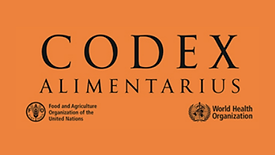Home » Keywords: » norovirus
Items Tagged with 'norovirus'
ARTICLES
Never miss the latest news and trends driving the food safety industry
eNewsletter | Website | eMagazine
JOIN TODAY!Copyright ©2025. All Rights Reserved BNP Media.
Design, CMS, Hosting & Web Development :: ePublishing





.jpg?height=168&t=1663690258&width=275)

